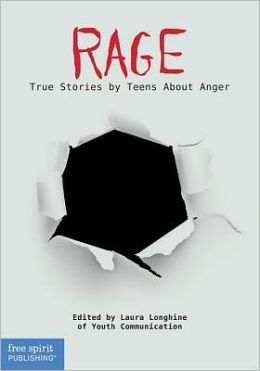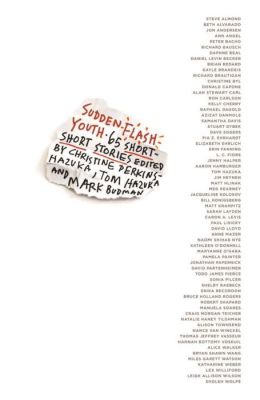I Hunt Killers will make your spine tingle as the protagonist tries to navigate his relationships with other humans, while thinking of the best ways to kidnap them and kill them. Every social interaction is an internal battle for Jazz, who was raised by the United States’ most notorious serial killer - his father Billy Dent. Billy took Jazz on nearly every outing and Jazz witnessed almost every one of Billy’s murders. Billy is now in prison, Jazz’s mother is nowhere to be found, and a new serial killer mimicking Billy’s murders has appeared. Now, Jazz has a choice to make: use his experience to catch a copycat killer, or follow in his father’s infamous footsteps. Jazz wants to be a normal teen with a normal life, but with Billy’s voice echoing in his ears, that is far easier said than done.
Readers of titles like Hell’s Horizon and The Escape From Furnace series should enjoy reading I Hunt Killers. This title is best suited for experienced independent readers looking for a riveting read. --Claudio Leon
Lyga, Barry. I Hunt Killers. New York City: Little, Brown Books for Young Readers, 2012. Print.



























